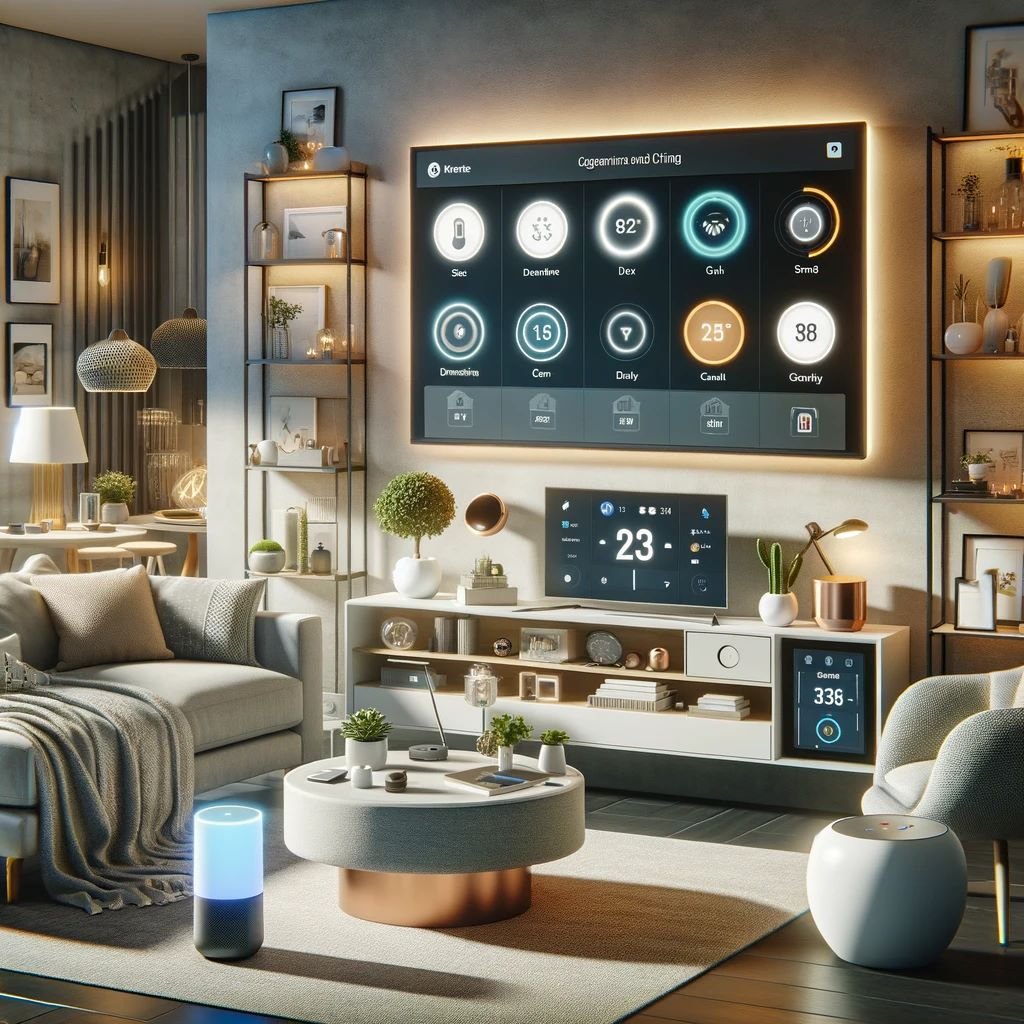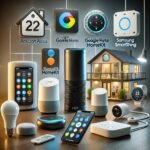The smart home device industry is currently experiencing both growth and challenges.
As of 2024, the industry is projected to be worth around $103 billion, with expectations to grow to approximately $227.29 billion by 2030, showcasing a compound annual growth rate (CAGR) of 10.4%.
This growth is driven by increasing consumer adoption, advancements in IoT and AI technologies, and a growing focus on energy efficiency and sustainability.
However, the industry also faces significant challenges, including unresolved macroeconomic headwinds and waning consumer demand, which could put pressure on the market.
Some regions and device categories may perform better than others, but the overall value proposition of smart home devices is being questioned as consumer interest decreases and frustrations arise from early deployments.
Despite these challenges, the market is still vibrant with activity and innovation, led by major players such as Honeywell, Schneider Electric, and Siemens, who are continuously investing in R&D to develop advanced products.
These developments are particularly focused on enhancing the security and energy efficiency of smart homes, areas that are becoming increasingly important to consumers.
Overall, while the smart home device industry faces headwinds, its strong growth potential and the continuous innovation by leading companies suggest a dynamic future ahead.
The smart home device industry is marked by several key innovations and trends that are shaping its current landscape and future trajectory:
Integration of AI and IoT:
There’s an increased emphasis on the integration of Artificial Intelligence (AI) and the Internet of Things (IoT), which enables smarter automation and connectivity between devices.
This trend enhances the functionality of smart home devices, making them more efficient and user-friendly.
Energy Management and Sustainability:
Innovations in energy management are significant, with devices like smart thermostats and energy-efficient lighting solutions becoming more popular.
These technologies help in reducing energy consumption and improving the overall sustainability of homes.
Advanced Security Solutions:
Security remains a crucial aspect of smart home innovations.
Companies are focusing on developing advanced security systems, which include smart locks, surveillance cameras, and integrated security solutions that offer enhanced safety features for homeowners.
Health Monitoring:
The expansion of smart home capabilities to include health monitoring features is a growing trend.
Devices that monitor air quality, temperature, and even health-related metrics provide a holistic approach to health and well-being within the home environment.
Voice Control and Automation:
Voice assistants like Amazon’s Alexa, Google Assistant, and Apple’s Siri are becoming central to the smart home experience, allowing for easier control and automation of devices through simple voice commands.
Interoperability and Standardization:
With the introduction of the ‘Matter’ standard, there is a move towards greater interoperability among different smart home devices regardless of the manufacturer.
This standard aims to simplify the connectivity and enhance the compatibility of various smart devices within the home.
These trends reflect a broader push towards making smart homes more connected, efficient, and responsive to the needs of users, emphasizing convenience, energy efficiency, and enhanced security.
Yes, there have been several recent developments in the convenience aspect of the smart home device industry:
Voice-Enabled Smart Home Control:
Companies continue to enhance the integration of voice assistants into smart home devices, making it easier for users to control their home environments hands-free.
Recent updates have focused on improving the responsiveness and capabilities of these systems, enabling more complex commands and interactions.
Unified Control Systems:
The adoption of the ‘Matter’ standard is a significant step towards more convenient smart home management.
This new connectivity standard promotes better interoperability between different devices, allowing users to control multiple aspects of their home ecosystem from a single platform, regardless of the device manufacturer.
App-Based Controls for Enhanced Usability:
There’s an ongoing trend towards the development of more intuitive and user-friendly mobile applications for smart home management.
These apps are designed to give users more precise control over their devices and to facilitate easier setup and management of the smart home environment.
Automated Routines and Personalization:
Smart home systems are becoming more adept at learning from user behavior and automating daily routines based on preferences and schedules.
This level of personalization not only enhances convenience but also improves energy efficiency by optimizing when and how devices operate.
Integration of Smart Home and Entertainment Systems:
The convergence of smart home and entertainment technologies is enhancing convenience for users.
For example, new smart speakers and home theater systems are being integrated with other smart home functions, allowing users to control lighting, temperature, and even security systems through their entertainment device interfaces.
These developments underscore a broader industry focus on making smart homes more accessible, easier to manage, and more responsive to the needs of users, ultimately enhancing the overall convenience of living in a smart-enabled home.








